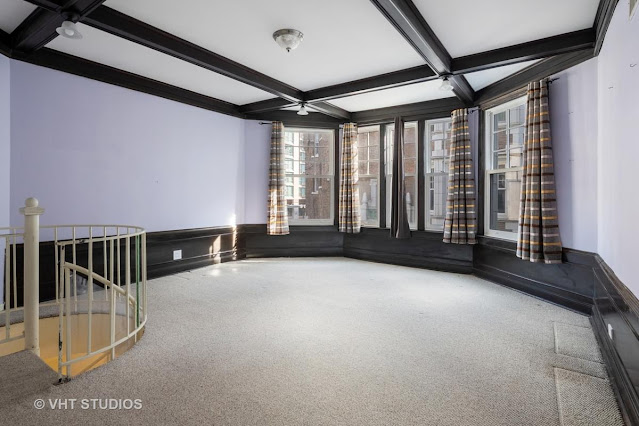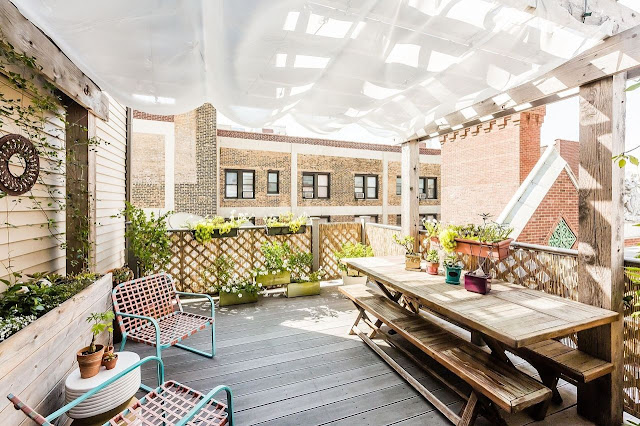The Manor House is a condominium building in the Edgewater neighborhood of Chicago, Illinois, USA. Built in 1908, it was designed by John Edmund Oldaker Pridmore in the Tudor Revival style. The building is commonly believed to be the former home of the British consul in Chicago, although the Edgewater Historical Society has argued that there is no evidence for this claim.
The building was added to the National Register of Historic Places in 1987. It was also included as part of the Bryn Mawr Historic District, which was added to the NRHP in 1995.
The Manor House, completed in 1908, is one of Chicago's Edgewater neighborhood's earliest structures and one of the most unique luxury apartments on the city's north side. A railroad line reached Bryn Mawr Avenue in 1886, making this area and Chicago's Edgewater community a commuter suburb, and in 1889, Chicago annexed the area. As the population density and property values increased, developers invested in apartment buildings, notably around Bryn Mawr Ave. between the railroad and Lake Michigan. While many walk-up style apartment houses were constructed in this area, Manor House offered larger unit sizes and lavish designs which attracted more wealthy residents.
The true high-end apartment boom in Chicago waited until the 1920s, but a few luxury multi-dwelling buildings were constructed after the 1893 Chicago World's Fair (Colombian Exposition). The "walk-up" design became a popular style. Most walk-up apartments comprised six units as part of two three-story tiers set side by side with a centrally-located entrance that led residents directly to the front stairwell. However, The Manor House had front and back stairs for each wing. The Manor House also enjoyed a courtyard (providing guests with something similar to a suburban-home lawn), larger-than-normal units with unique layouts, immense brick wood-burning fireplaces, large art-glass windows that allowed for fresh air and cross ventilation, and plenty of comforts and perks suitable for financially independent residents. Relatively wealthy families occupied the Manor House, having much in common with the families living in the adjacent, expensive single-family houses, including having two or three live-in servants.
Married developers Samuel and Kate Margaret Dalton played a pivotal role in the trend of apartment construction in Edgewater, starting in 1902 when they developed the high-end apartment building near a quiet residential intersection two blocks from the Bryn Mawr station. They built several apartment buildings through the early 1910s, including the Manor House in 1908, which also stood near the train station. The Daltons resided in a Manor House apartment until Samuel Dalton died in 1917.





































No comments:
Post a Comment